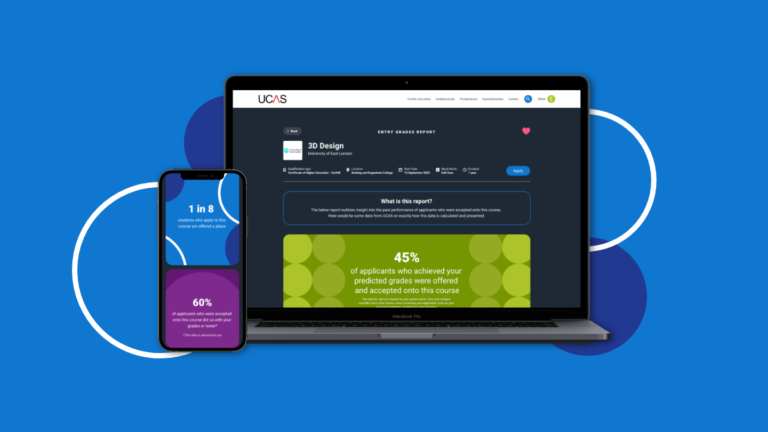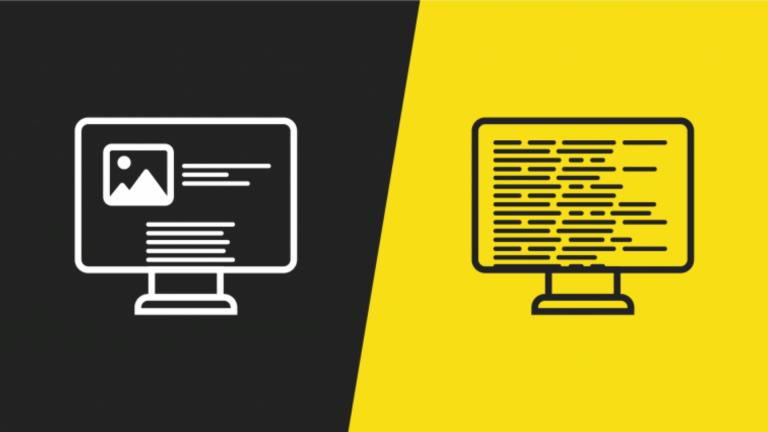Redefining how prospective students choose their courses with UCAS

UCAS are the hub for University applicants in the UK and handle most touch points throughout the application process. They wanted to improve this journey for their users - the prospective students.








